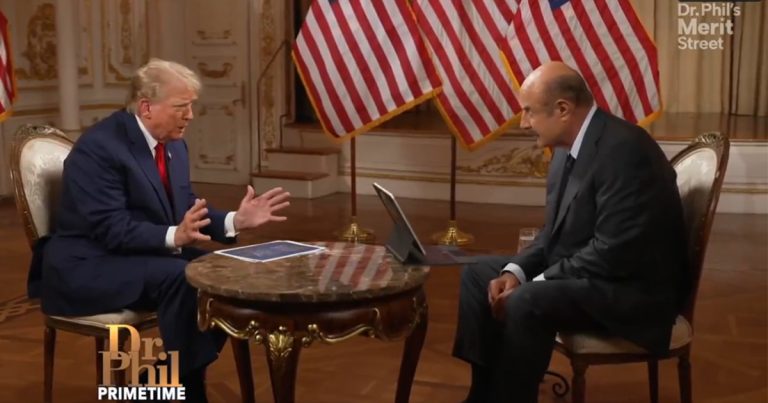A recent internal memo from U.S. Border Patrol has revealed a startling gap in the surveillance network along the southern U.S. border: nearly 30% of the cameras used to monitor unauthorized crossings are currently non-functional. The report, obtained in early October, outlines the technical failures affecting approximately 150 of the 500 cameras installed on surveillance towers along the U.S.-Mexico border.
This revelation is seen as a critical issue for border security, as these cameras are essential for monitoring illegal crossings and drug trafficking activities. Border Patrol agents rely heavily on these systems to provide real-time visual data, allowing them to respond quickly to potential threats. The malfunctioning cameras, however, have made the already challenging task of securing the border even more difficult.
According to the memo, the widespread camera outages are attributed to various “technical problems.” These issues have been ongoing, causing significant gaps in border surveillance coverage. The memo points a finger at the Federal Aviation Administration (FAA), accusing the agency of failing to provide adequate service and maintenance for the camera systems. The FAA is responsible for ensuring that these surveillance towers remain operational, but the memo suggests that the agency has not been keeping up with the necessary repairs and system upkeep.
In response to these failures, the FAA is reportedly planning to send personnel to the southern border to address the ongoing issues. However, this comes after much criticism, with some within the Border Patrol calling for a shift away from FAA oversight. The memo suggests that the Border Patrol may soon explore the option of contracting with a private company to ensure better and more timely technical support.
The situation has raised concerns among both Border Patrol agents and the public. The Border Patrol union in Laredo, Texas, expressed frustration, noting that the inoperative cameras hinder their ability to perform their jobs effectively. “The American taxpayer has made significant investments in technology along the border, and they expect that this technology is operational,” the union said in a statement. With a large portion of the surveillance network down, agents are left with fewer tools to monitor the vast border region, putting national security at risk.
In addition to the technical problems with the cameras, there are growing concerns about the broader implications for border security. The Biden-Harris administration has faced criticism for what many view as a lax approach to immigration enforcement. Illegal border crossings have surged to unprecedented levels, with some estimates predicting that illegal immigration could match or exceed all legal immigration from 1892 to 1954 by the end of Joe Biden’s term.
Many Americans are increasingly concerned that the current administration is intentionally allowing illegal immigration to continue unchecked, with critics accusing the government of trying to create a “permanent majority” for the Democratic Party. This theory is based on the notion that naturalized citizens and their descendants tend to skew Democratic in their voting preferences. Under the Biden-Harris administration, the number of illegal immigrants entering the U.S. has reached record levels, further fueling this debate.
Vice President Kamala Harris, in particular, has drawn fire for her stance on immigration. Harris has repeatedly signaled her support for providing a pathway to citizenship for the estimated 11 million illegal immigrants already living in the U.S. Critics argue that her policies—such as decriminalizing illegal immigration and defunding U.S. Immigration and Customs Enforcement (ICE)—are encouraging more people to cross the border illegally, confident that they will eventually be granted legal status.
While many on the left support these proposals as a humane solution to a complex issue, opponents view them as undermining national security and incentivizing illegal behavior. The non-operational cameras only compound these concerns, as border agents are left with fewer tools to monitor and control the situation.
With the next presidential election looming, the issue of border security is sure to remain a central topic of debate. The malfunctioning cameras along the U.S.-Mexico border are likely to become a symbol of the broader immigration challenges facing the country under the Biden-Harris administration. Critics will undoubtedly use this failure to highlight what they view as mismanagement of national security, while supporters will argue for comprehensive immigration reform as the ultimate solution.
In the meantime, the Border Patrol remains hamstrung by the lack of operational surveillance equipment, and the American public continues to grapple with the implications of these failures. The question now is whether the administration will take swift action to address these issues or whether the camera outages will be yet another example of inefficiency in a deeply polarized political landscape.


